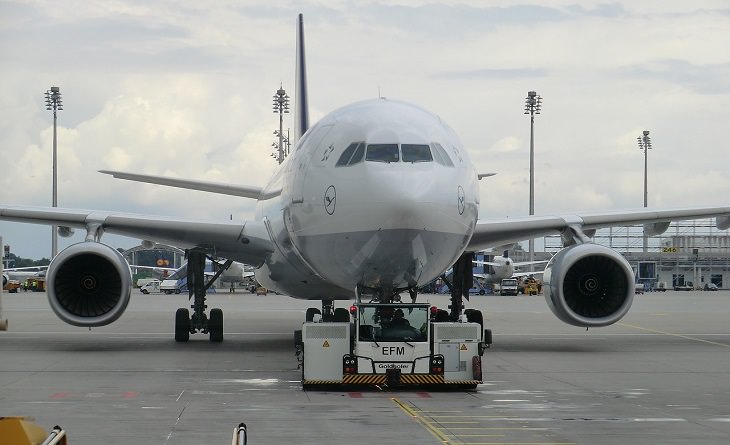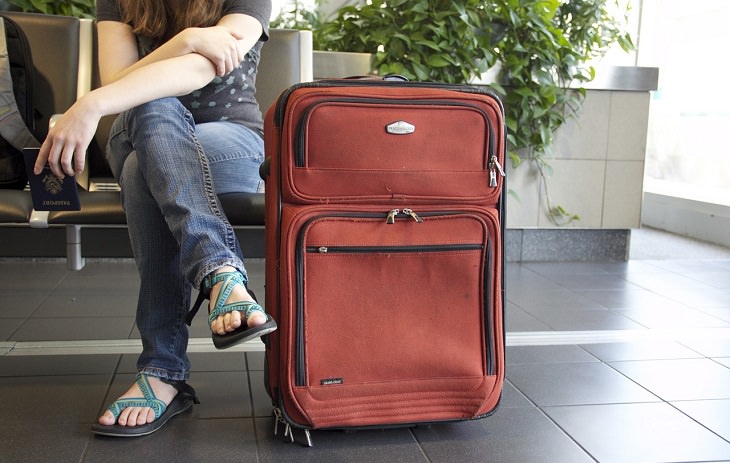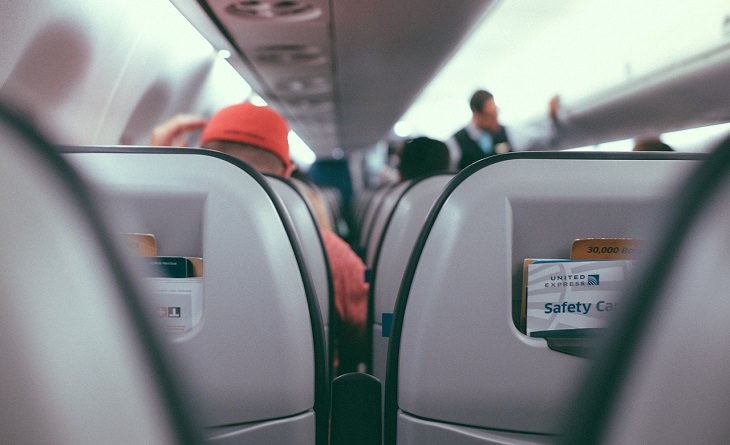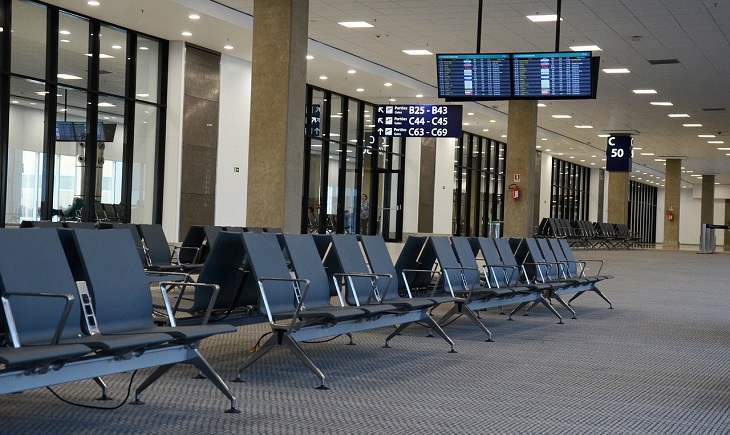
If you've ever purchased a ticket for a Low-Cost flight, you've probably noticed that almost every upgrade and service you want - whether it's luggage, plane meals, seat selections, etc. - will cost you a lot of extra money, and sometimes lead to high fines, to the point where the cheap and seductive price offered by these airlines will already become quite expensive when compared to a regular flight.
To help you identify all the important things you need to pay attention to when purchasing cheap flight tickets, we’ve prepared for you a full Low-Cost guide to help make your next vacation free of unwanted surprises and expenses.


If you are flying alone and don’t really care if you have a window, middle or aisle seat, you can skip to the next section. If this isn’t the case, and your seat on the plane is important to you, choosing a seat is a necessity. Some of the Low-Cost companies charge for seat selection - and each seat is prioritized: for example, a seat next to an emergency exit with a lot of legroom will cost more than a "regular" chair. By the way, if you don’t purchase a certain seat in advance, you will simply be given one at random.
There are companies that charge extra only for better or more desirable seats, but even if your seat is included in the ticket price - you should make sure to book your seats through the airline's website and do so as soon as possible to make sure you sit with your family and friends on the flight. Please note that there is a possibility that if you don’t book seats in advance (either at a surcharge or at the ticket price) the airline may seat you separately. When it comes to flying with children, of course, we have to prepare in advance to prevent this situation and make sure that everyone is seated together.
Most of the Low-Cost airlines don’t include a meal in the price of the flight ticket and therefore you’ll need to purchase the meal separately. However, even if you don't do so in advance, you probably won’t starve during the flight because the airlines want to sell you as many things on the plane as possible, including food, so the flight attendants roam around offering hot dishes, sandwiches and the like for purchase. The advantage of ordering a meal in advance is that in most cases you will pay less for the dish, and during the flight, your food will be served first. Keep in mind, however, that the supply of meals that will be left for passengers ordering their meal on the flight may be smaller, but in any case, don’t bet on the food being gourmet.
By the way, you can pay for the food and duty-free products on the plane - in dollars, euros and possibly in the local currency of your take-off and landing destinations, and on some flights by credit card even though different types of credit cards may not be respected by the airline. Please note that using a credit card outside the country involves high fees.

Before you arrive at the airport, weigh your luggage at home, after checking the airline's website about the weight and size allowance of carry-ons, and stow away luggage. The weight of a stow-away can sometimes range between 15-20lbs, and there are companies that specify only the size of the suitcase in inches without any weight limit. Some companies don’t even allow a carry-on without an additional charge, and so you’ll have to send your luggage to be stowed and board only with a handbag. Note that your luggage may not even be weighed if it doesn’t look heavy, but it’s best not to take the risk.
If you arrived at the airport with a large suitcase but did not purchase stow away or if you exceeded the weight of your carry-on, note that this excess weight will cost you quite a bit of time when going through check-in and boarding. Also, note that many companies won’t let you be clever and move things around from one bag to another. If you are flying for a short time, try to pack all your belongings in a carry-on, and don’t exceed the permitted weight - this will allow you to avoid waiting at check-in and baggage pick up.

Check-in is the airline's way of making sure you're serious about getting on the plane, and it's another way to get you to pay a lot of money if you forget to do this simple thing in advance. The check-in process opens between one month and 48 hours prior to the flight depending on the airline and its policy and closes two to three hours before departure. The process is free, as long as it is done in advance on the company's website, and sometimes requires printing and presenting the boarding pass, which will be provided to you by the company website. Some companies allow you to check in on their mobile app without needing to print your boarding pass.
In any case, whether you have suitcases going under the plane or only hand luggage, you must complete check-in before the option is closed - for both departure and return flights separately - and follow the airline's requirements on the site or its app regarding the need to print the ticket or boarding pass. If you don’t check-in before arriving at the airport, it is highly likely that you’ll have to pay a heavy penalty which may exceed the price of the entire flight. Another possibility is that your airline ticket will be canceled, and you won’t be reimbursed.
If you are forced to cancel or change the time of your Low-Cost flight, this will usually result in a charge set by the airline. The cancellation fee or the variable change depends on the cost of the ticket you paid for in advance, and the date of cancellation or change, in relation to the date of the flight. The best way to get information about this subject is to be informed in advance via your airline’s website. If you change your flight to another time that is more expensive, you‘ll probably be asked to pay the difference, and it's not definite that you’ll get a refund if the alternative flight is cheaper.
